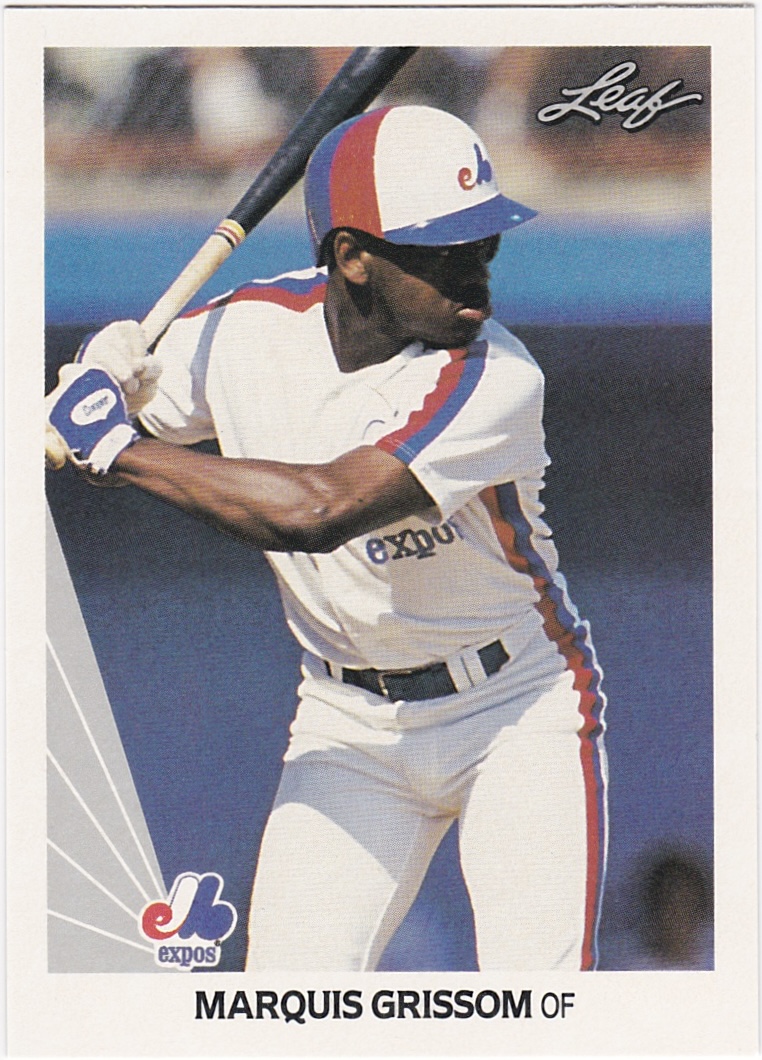Did Chet Lemon know on October 3, 1990, that it would be the last time he would play major league baseball?
He may have a had a hunch after learning during a spring physical that he had polycythemia vera and feeling his performance during the1990 season not up to his standard. That he showed up to spring training in '91, though, and that he wasn't waived until three days before opening day makes me think he didn't.
He didn't know it in the top of the first when the Tigers hit the lineup on Steve Adkins, Lemon notching a line drive single to left field with no outs after a Gary Ward grand slam.
He didn't know it leading off the third with a fly out to deep left field.
Or in the top of the fifth, doubling to deep left field, moving Ward, who would score that inning, to third.
Or in the top of the seventh, after striking out looking, with Rich Monteleone throwing relief for Adkins.
And maybe he didn't know it in the top of the eighth, with Alan Mills in for Monteleone, that this would be his last major league at-bat.
Then he singled up the middle on a ground ball to center, finality at the plate with a shot sent right back up the middle to the spot on the field he spent most of his 15 years in the majors.
Of course, there are those who learn after the first few times. They grow out of sports. And there are others who were born with the wisdom to know that nothing lasts. These are the truly tough among us, the ones who can live without illusion, or without even the hope of illusion. I am not that grown-up or up-to-date. I am a simpler creature, tied to more primitive patterns and cycles. I need to think something lasts forever, and it might as well be that state of being that is a game; it might as well be that, in a green field, in the sun.
-A. Bartlett Giamatti, The Green Fields of the Mind
















